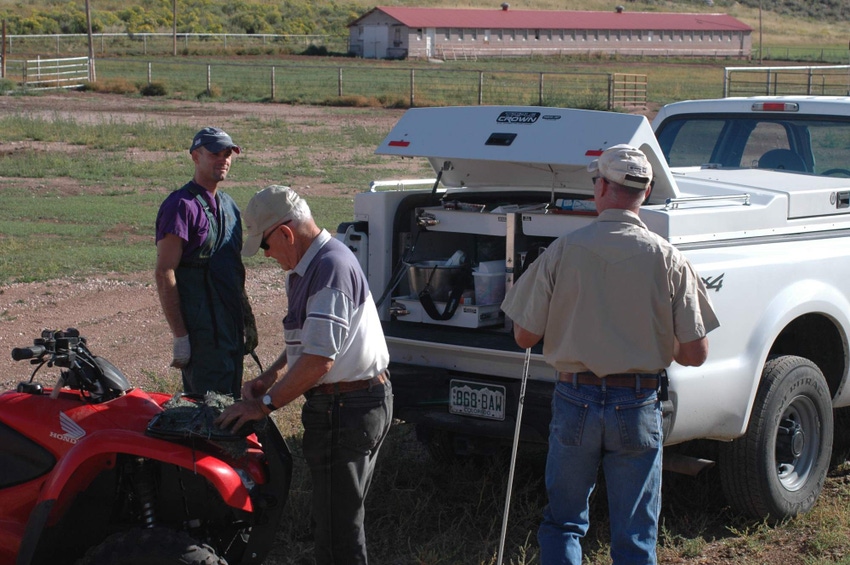Biosecurity is important, and it’s a lot more than just a vaccination program. Work with your vet to put a program in place before a health wreck visits your herd.

Several weeks ago, I shared some of Gregory Ibach’s thoughts on cattle traceability. Ibach, former Nebraska secretary of agriculture and now USDA under secretary for marketing and regulatory programs, kicked off a forum on animal disease traceability sponsored by the National Institute for Animal Agriculture and the U.S. Animal Health Association.
Ibach described USDA’s approach to animal disease traceability as a three-legged stool. In my previous blog, I shared his thoughts on the most important leg, which is prevention, preparedness and response to a major animal disease outbreak. The other two legs are biosecurity and a more robust national animal health laboratory network.
Let’s look at biosecurity. “I think biosecurity programs are going to become much more important,” he told the crowd,” especially as we’re being told by OMB (Office of Management and Budget) that it’s going to be part of indemnity programs and qualifications for indemnity programs in your states in the future.”
READ: Beef readers split on animal ID
While Ibach didn’t hint at a timeline for this, he did say that as natural disasters have become more extreme and have affected more food-producing animals, the cost of indemnity programs has gone up. Obviously, a hurricane or a drought doesn’t qualify as an animal disease event, but we’re still battling tuberculosis and there’s always the threat of a foreign animal disease hitting the U.S.
“So states and producers who don’t have biosecurity programs in place run the risk of not being eligible for indemnity programs down the road,” Ibach said. “This is going to require states to include traceability in each state itself, as well as holding other states around them accountable for diseased animals that may cross state lines or animals that may have been exposed to diseases that show up later as they cross state lines.”
RELATED: Will individual animal ID continue to increase?
My guess is that such an effort is years away. But don’t wait for the slow-turning wheels of government to move you in the direction of a functional and ongoing biosecurity program for your operation. If you don’t have a biosecurity program that you follow, visit with your herd health veterinarian about putting one in place.
And don’t put it on the list of “things to do someday,” which is where good ideas go to die. All it will take is an outbreak of trich in your cows or bringing in a PI calf with a load of stockers to fully emphasize the need for proper biosecurity.
A nationwide outbreak of a foreign animal disease is a scary prospect. An outbreak of a homegrown disease on your operation that came in with a load of stockers or replacement heifers or cows is even scarier, because the chances of that happening are higher. Don’t be a victim, even if the person you bought the cattle from assures you that they’ve “had all their shots.” A little effort on your part can save you from a big wreck.
About the Author(s)
You May Also Like

.png?width=300&auto=webp&quality=80&disable=upscale)
.png?width=300&auto=webp&quality=80&disable=upscale)
